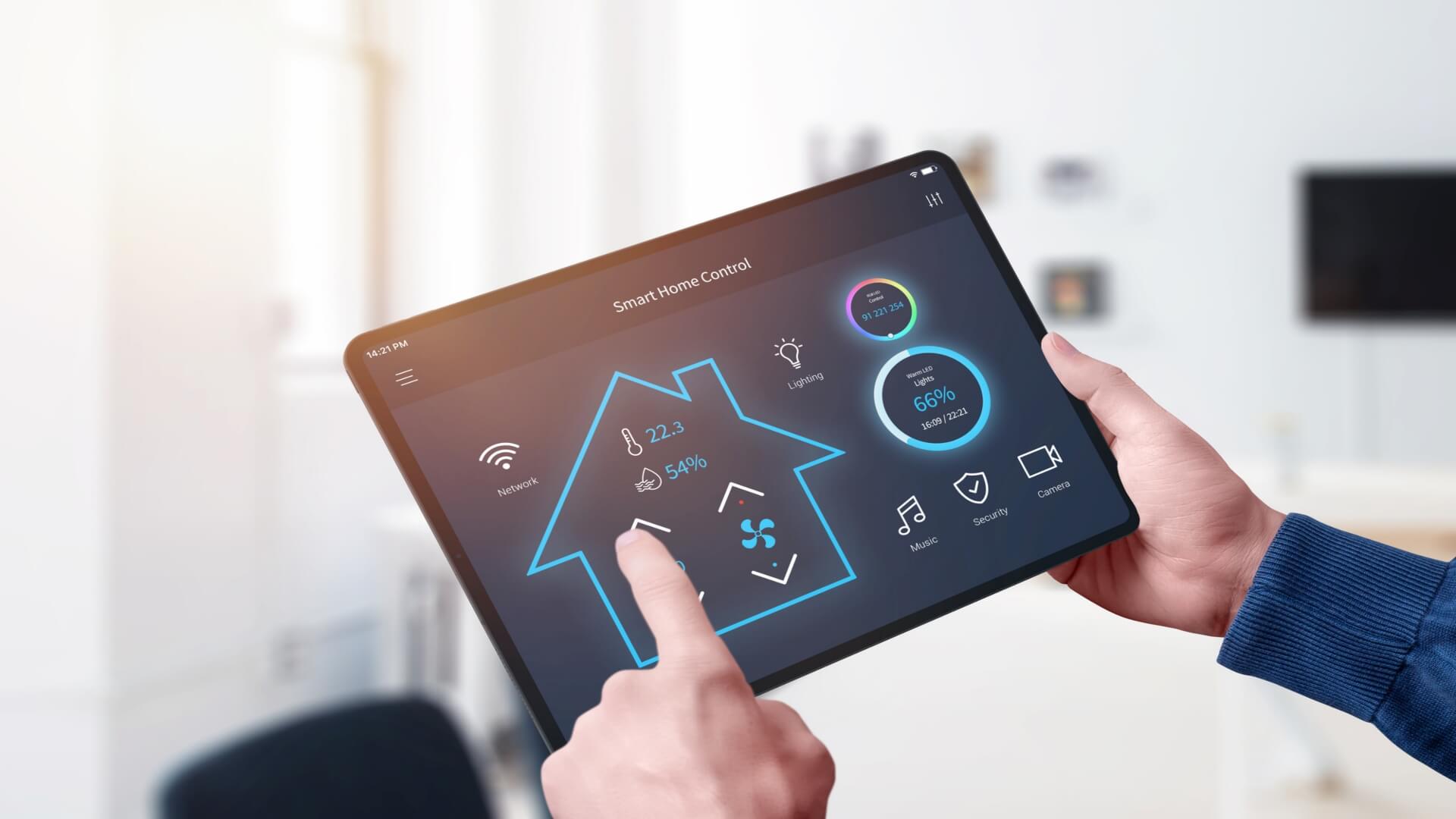As the promise of smart homes evolves from novelty to the new norm, it’s crucial to understand how the technology impacts the practical aspects of homeownership, particularly in terms of electrical work. This article provides a comprehensive look at what to anticipate and how to budget for electrical work for smart homes.
Understanding Smart Homes
Before diving into the financial aspects, it’s essential to understand what a smart home entails. A smart home typically comprises multiple devices connected via a home network, usually controlled through a central hub or smartphone app. These devices can range from thermostats, lighting, and security systems to smart appliances, home entertainment systems, and even door locks.
Smart homes offer several benefits, such as improving energy efficiency, increasing convenience, enhancing security, and contributing to a more sustainable future. However, along with these perks come new requirements and complexities, particularly regarding electrical systems.
Electrical Work In Smart Homes
Every smart device requires some form of electrical connection, whether it’s a direct hardwire to the home’s electrical system or simply an available outlet for plugging in. However, the increased number of devices can put a substantial additional load on your home’s electrical system.
Older homes may not be able to handle this increased load without upgrades to the wiring, electrical panel, or even service connection from the utility company. Understanding electrician cost associated with these upgrades is crucial as they can significantly impact your budget. Even newly built homes might require additional considerations if the smart home setup is extensive.
Anticipating Electrical Needs
As the age of smart homes dawns, anticipating and budgeting for electrical work becomes an integral part of modern homeownership.
- Evaluating Device Requirements
When planning for a smart home, anticipate your needs by considering the type and number of smart devices you intend to install. Are you aiming for a few smart lights and a thermostat, or are you envisioning a full array of smart appliances, security systems, and home entertainment options?
- Considering Power Demands
Next, consider the power requirements of these devices. While many smart devices are designed to be energy-efficient, the cumulative effect can still be significant. It’s also important to remember that some devices, like smart electric vehicle chargers or high-capacity battery storage systems, can demand substantial power.
- Upgrading Your Home’s Electrical System
If you live in an older home, you might need to upgrade your electrical panel or even the service to your home to handle the increased load. It might also be necessary to upgrade wiring, install new outlets, or add dedicated circuits for certain devices.
- Discussing Electrical Needs For New Construction
For new construction, these needs should be discussed with your builder or electrician in the planning stages to ensure your home is equipped to handle your smart technology from the get-go.
By careful planning, your smart home transition can be a smooth and beneficial upgrade to your lifestyle, paving the way for a future where technology and comfort converge.
Budgeting For Electrical Work
Determining the cost of electrical work for a smart home can be complex as it depends on several variables, including the type and number of devices, the existing home infrastructure, and labour rates in your area. Here are some tips to help you estimate the cost:
1. Assess Your Home’s Current State
Consider hiring an electrician for an assessment. They can tell you what upgrades, if any, you might need to handle your smart home’s electrical load.
2. Estimate Device Costs
Research the cost of each smart device you intend to install. Don’t forget to account for devices that will require professional installation.
3. Factor In Installation Costs
While some devices are simple to install, others require professional installation. Again, the cost will depend on your specific setup and local labour rates. Generally, it can range from USD$100 to USD$200 per device but can be higher for more complex installations.
4. Consider The Cost Of Upgrades
If you need to upgrade your home’s electrical panel, wiring, or service connection, get a quote from an electrician. On average, upgrading an electrical panel can cost anywhere from USD$1,000 to USD$2,500, and rewiring a home can cost between USD$3,500 and USD$8,000, but these costs can vary widely depending on the specifics of your home.
5. Set A Contingency Budget
When budgeting for any home improvement project, it’s wise to set aside a contingency budget to handle unexpected expenses. A general rule of thumb is to add 10-20% to your estimated cost.
6. Factor In Ongoing Costs
Some smart devices may require subscriptions for full functionality. Also, consider the potential increase in your electricity bill due to the additional load.
Remember that while the initial costs may seem steep, many smart home devices can lead to energy savings in the long run. Devices like smart thermostats, smart lighting, and energy-efficient appliances can help reduce your energy usage and utility bills over time.
The Takeaway
Preparing your home for smart devices requires careful anticipation and budgeting. While the cost may be substantial, particularly if significant electrical upgrades are required, the convenience, security, and potential energy savings of a smart home can make it a worthwhile investment. As with any home improvement project, consider your needs, do your research, and plan your budget carefully to ensure a smooth transition to a smarter, more connected home.
































